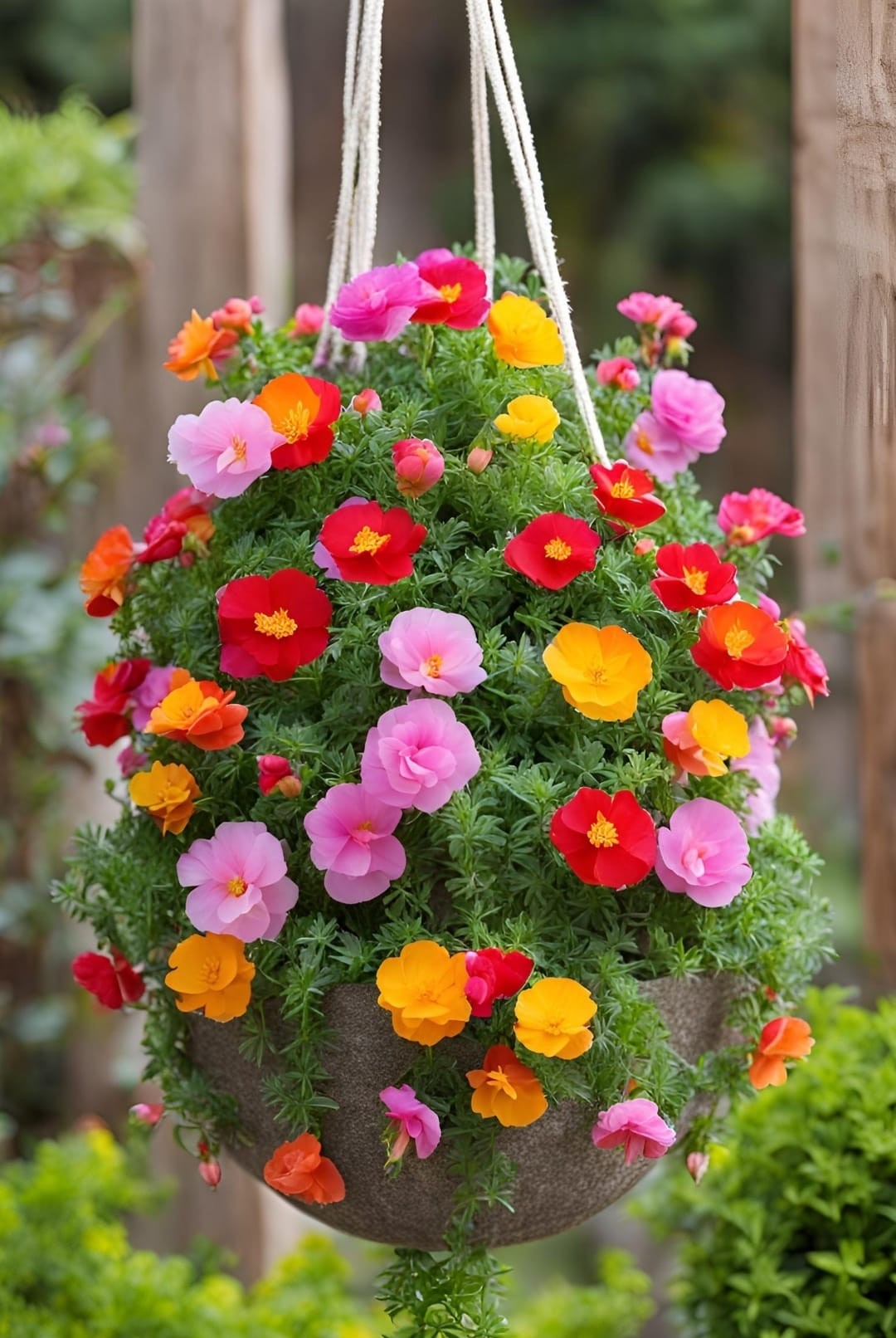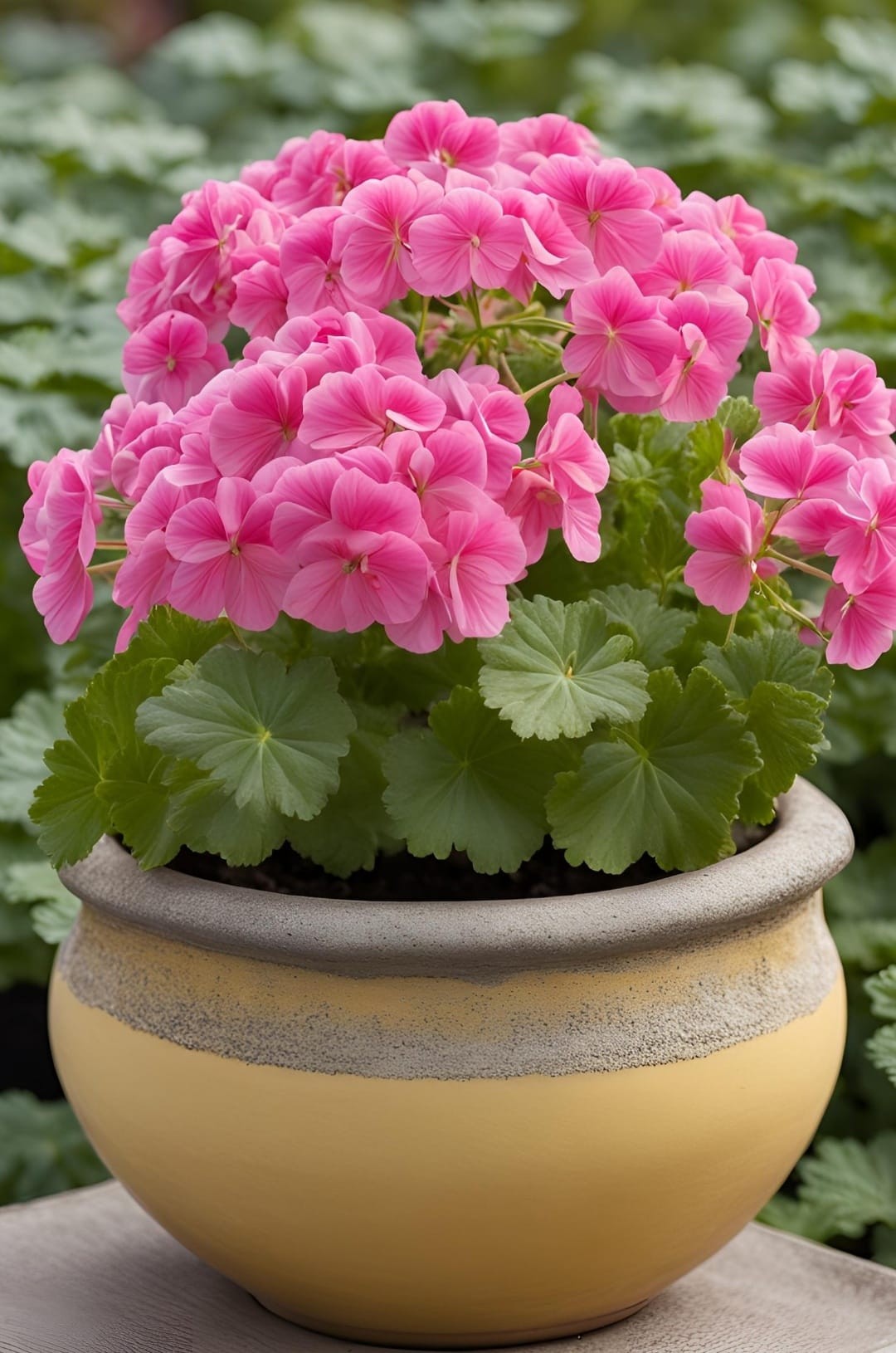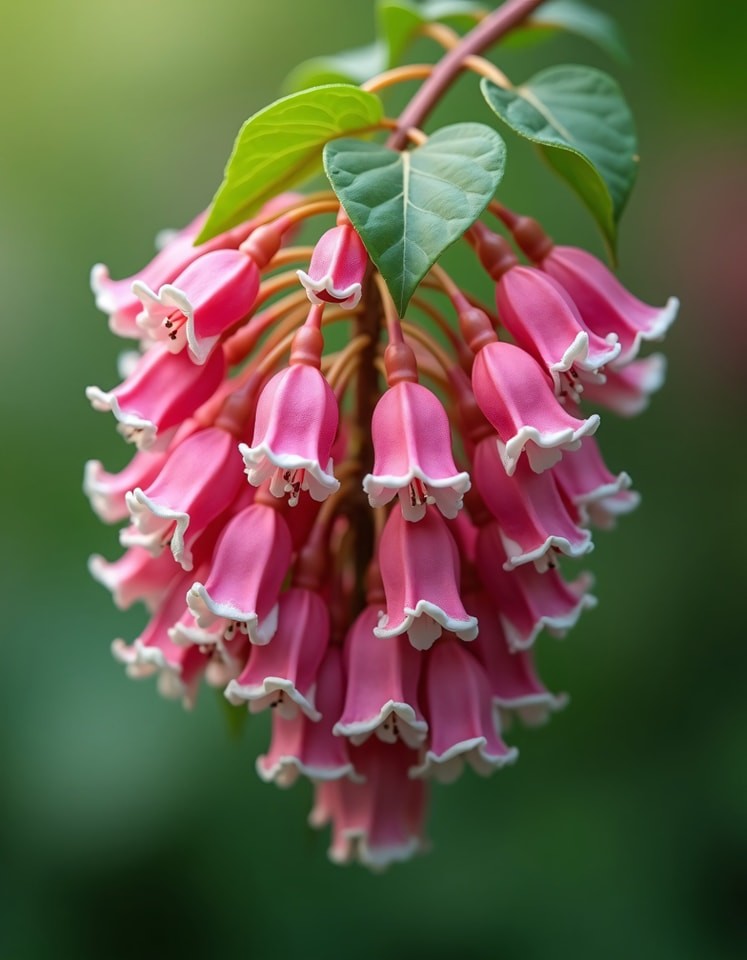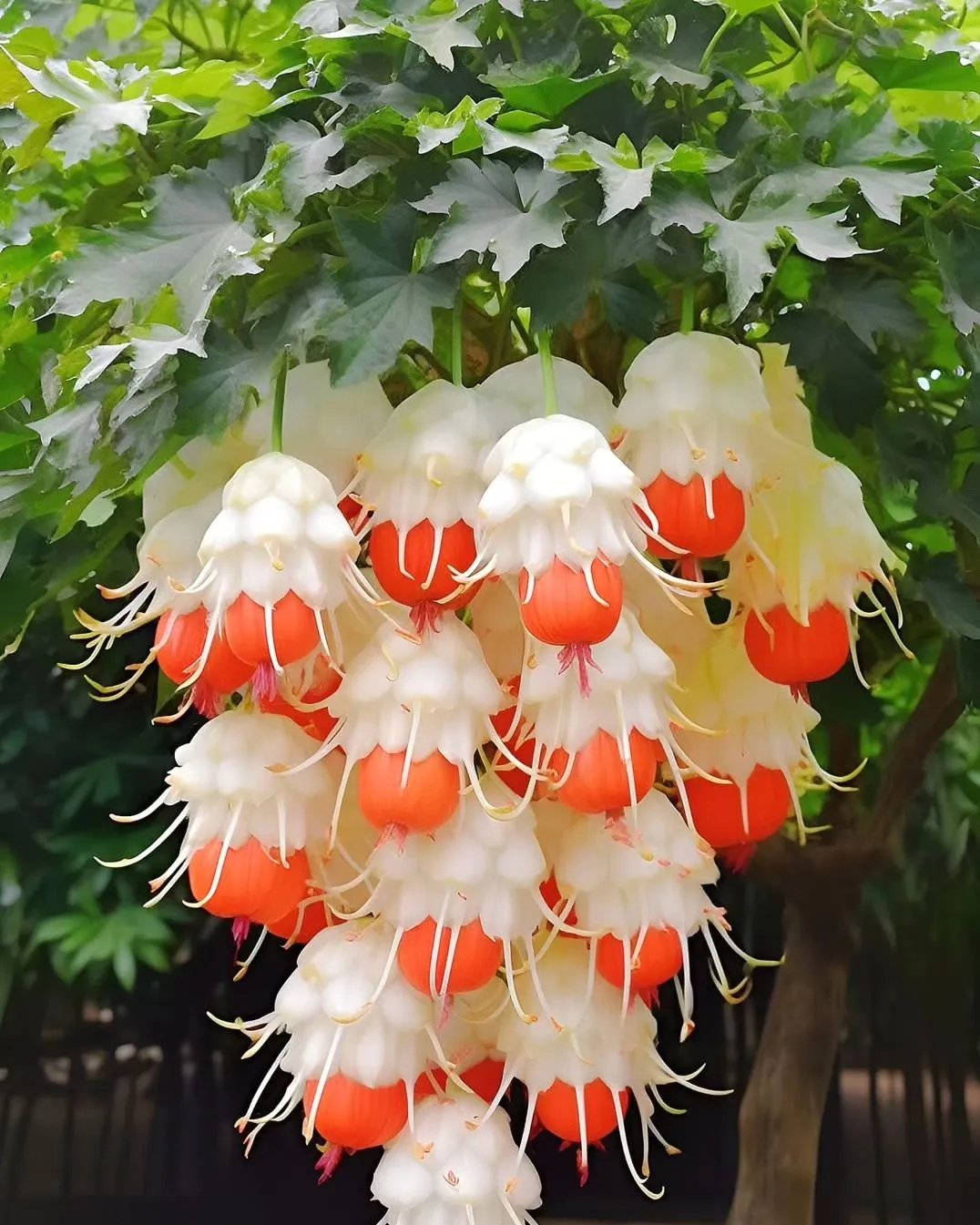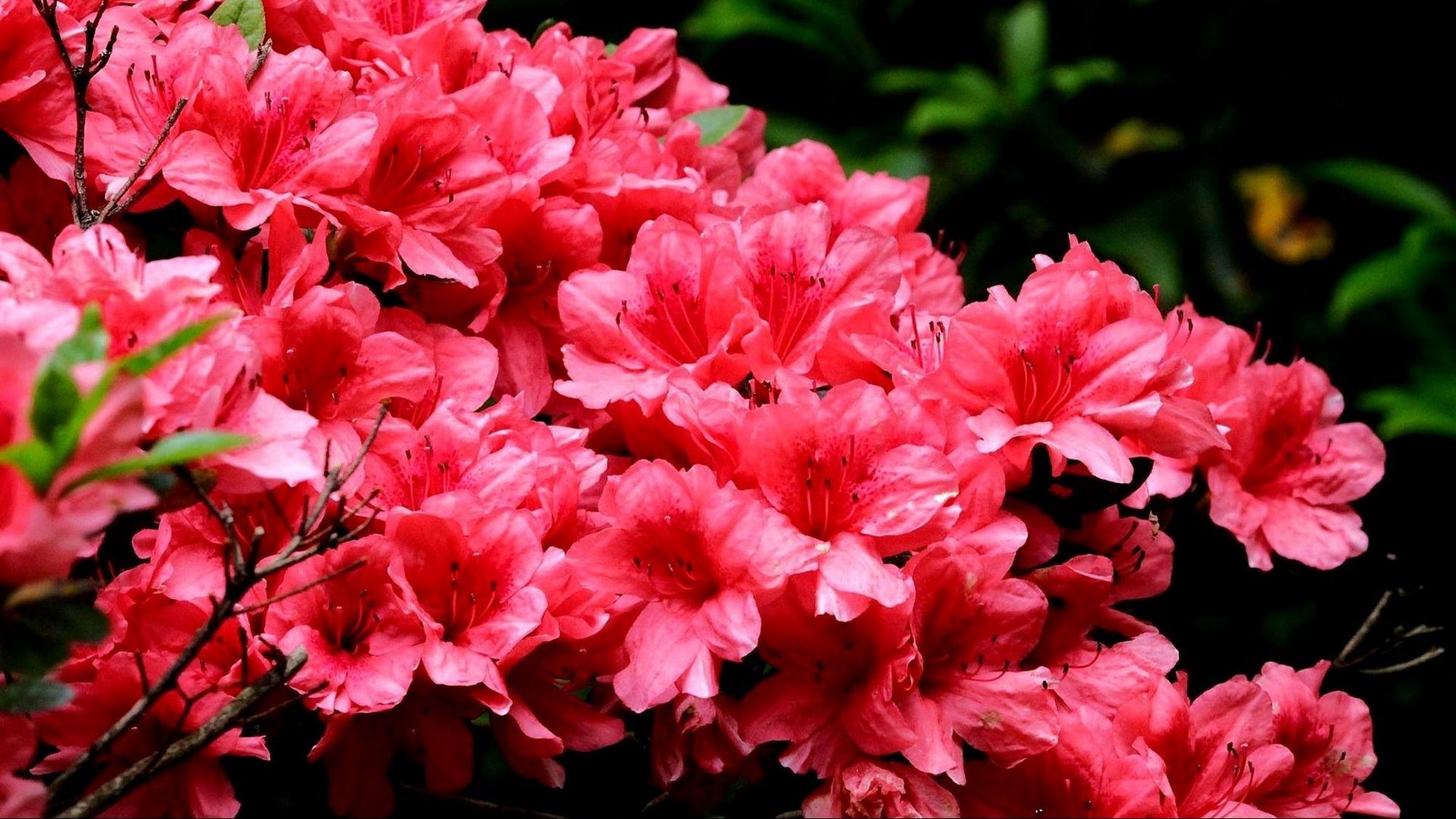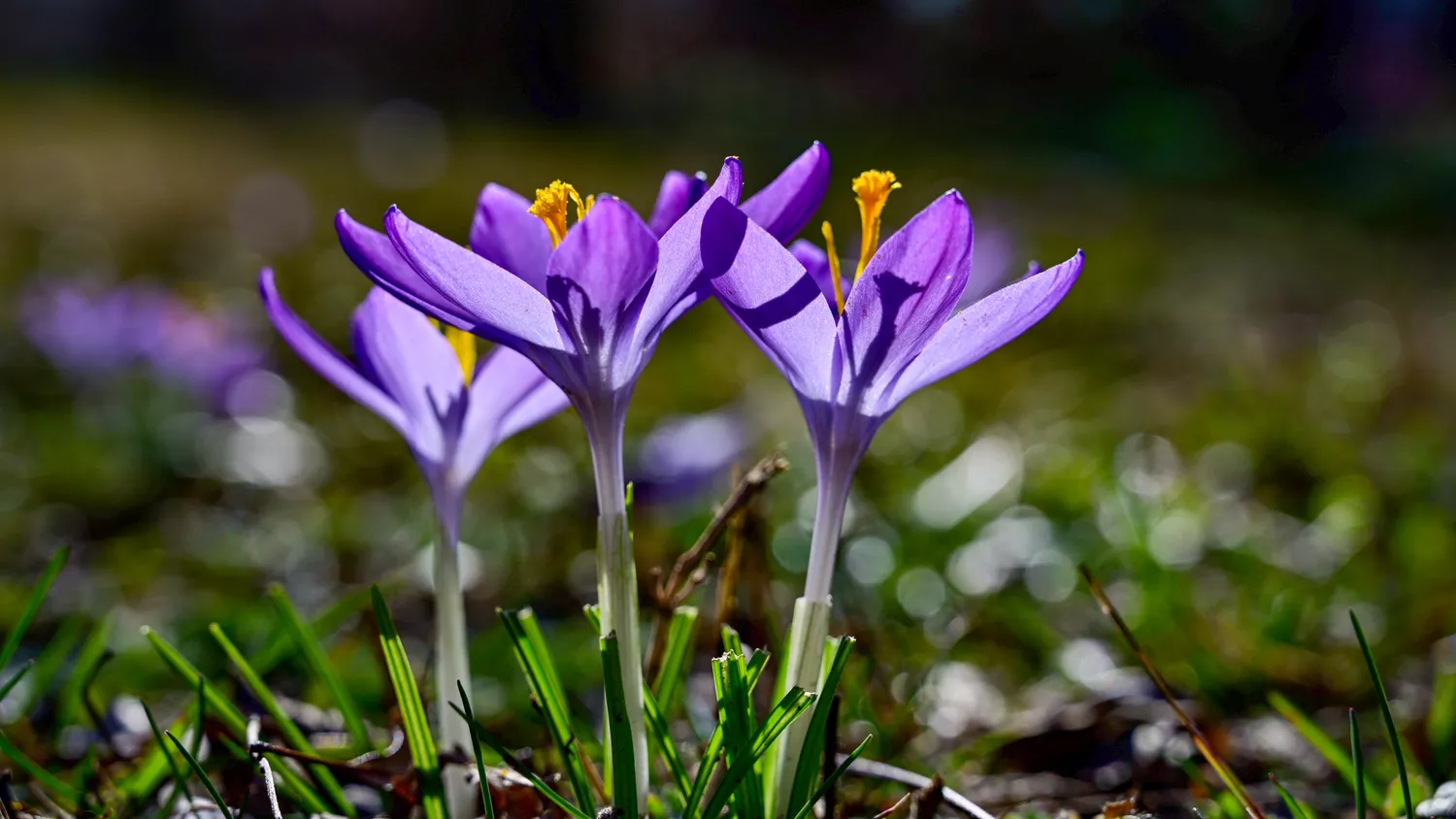In the damp, shady corners of the natural world, a modest but captivating flower thrives: the liverwort (Marchantiophyta). With its intricate structure and ancient lineage, this unique, often overlooked flower holds a special place in the botanical realm. Join us as we embark on a journey to explore the fascinating world of the liverwort flower, discovering its appearance, life cycle and ecological significance.
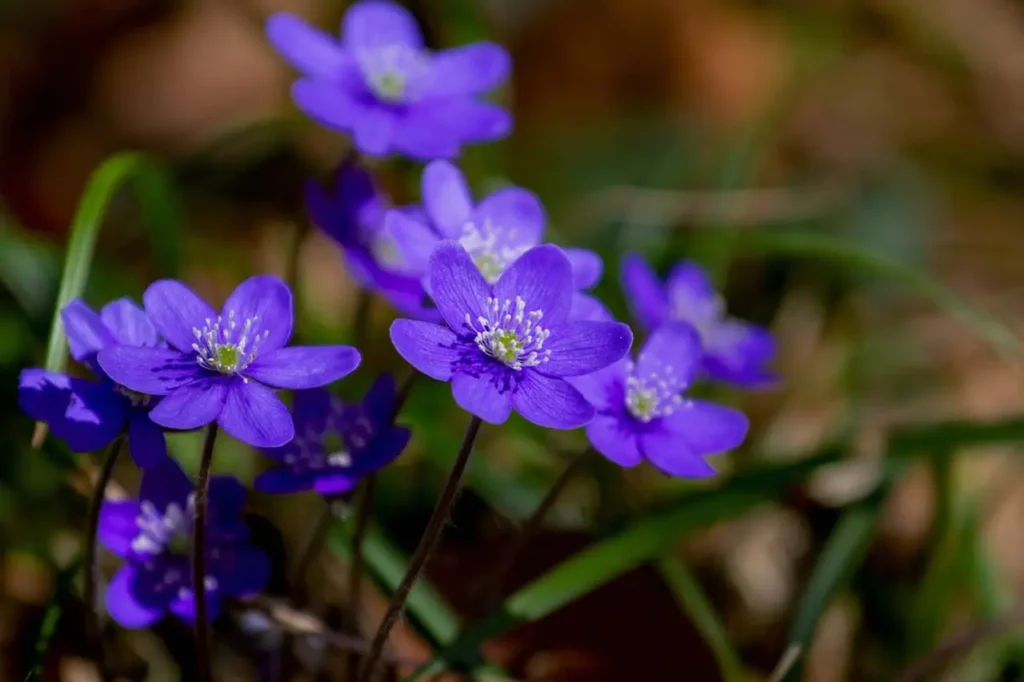
Appearance and habitat
The liverwort flower belongs to a diverse group of non-vascular plants known as liverworts, which are ancient plant species dating back millions of years. Unlike true flowering plants, liverworts reproduce through spores and lack seeds and flowers, as typically seen in angiosperms. Instead, they exhibit a remarkable variety of morphological forms.
Liverworts come in various shapes, sizes and colors. Some species resemble small rosettes of leaves, while others feature flat, ribbon-like structures or form intricate patterns reminiscent of miniature forests. They can be found in a wide range of habitats, including humid forests, rocky areas, river banks and even on tree trunks and bark.
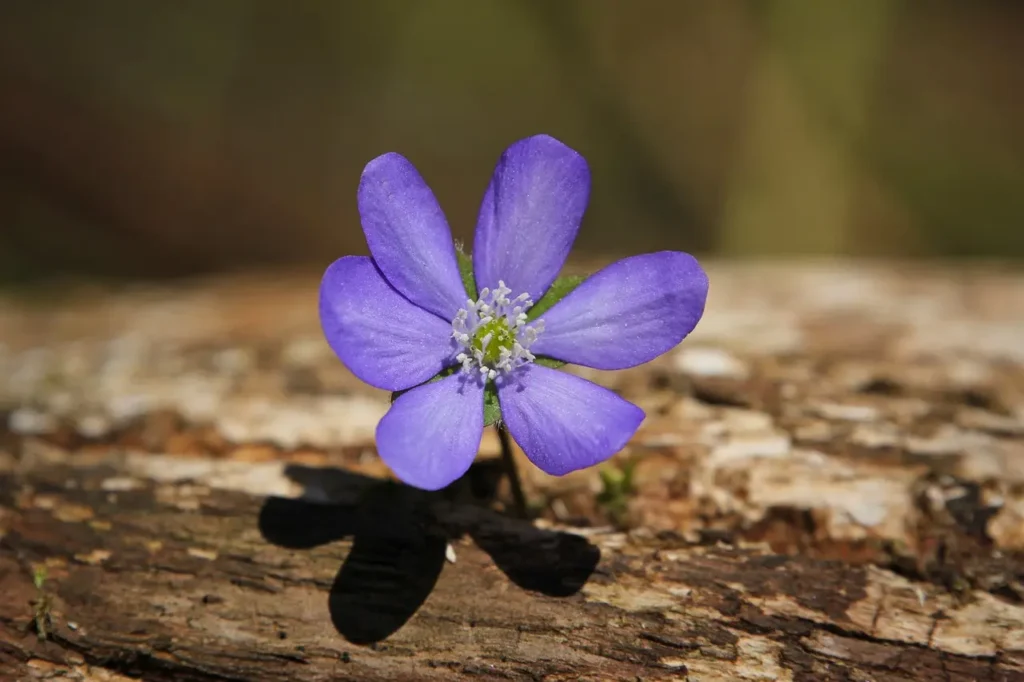
The color of the liverwort flower.
Liverwort flowers come in a variety of colors, including shades of white, yellow, pink, purple, and blue. The exact color of a liverwort flower may depend on the specific species and variety. Some liverwort flowers may be a single color, while others may display a combination of colors or patterns. Liverwort flowers are usually small and delicate, and their colors can add a touch of beauty and vibrancy to your surroundings.

Life cycle and reproduction
The life cycle of liverworts is intriguing and distinct. These plants have a unique alternation of generations, alternating between a gametophyte stage and a sporophyte stage. The gametophyte is the dominant stage and is where sexual reproduction occurs. It is the leaf structure commonly seen in liverworts and produces the male and female reproductive structures.
The male reproductive organs, known as antheridia, produce sperm, while the female reproductive organs, known as archegonia, produce eggs. The fertilization process usually occurs when water is present to make it easier for the sperm to swim to reach the eggs. After fertilization, a sporophyte structure develops that contains the spores responsible for the dispersal of the liverwort and the colonization of new areas.

Ecological importance
Liverworts perform important ecological functions within their habitats. As early colonizers of bare soil and moist substrates, they contribute to soil formation and help retain moisture. Their intricate branching patterns and dense growth provide shelter and microhabitats for various microorganisms, insects, and small invertebrates. Additionally, liverworts play a role in nutrient cycling, breaking down organic matter and enriching the soil with organic materials.
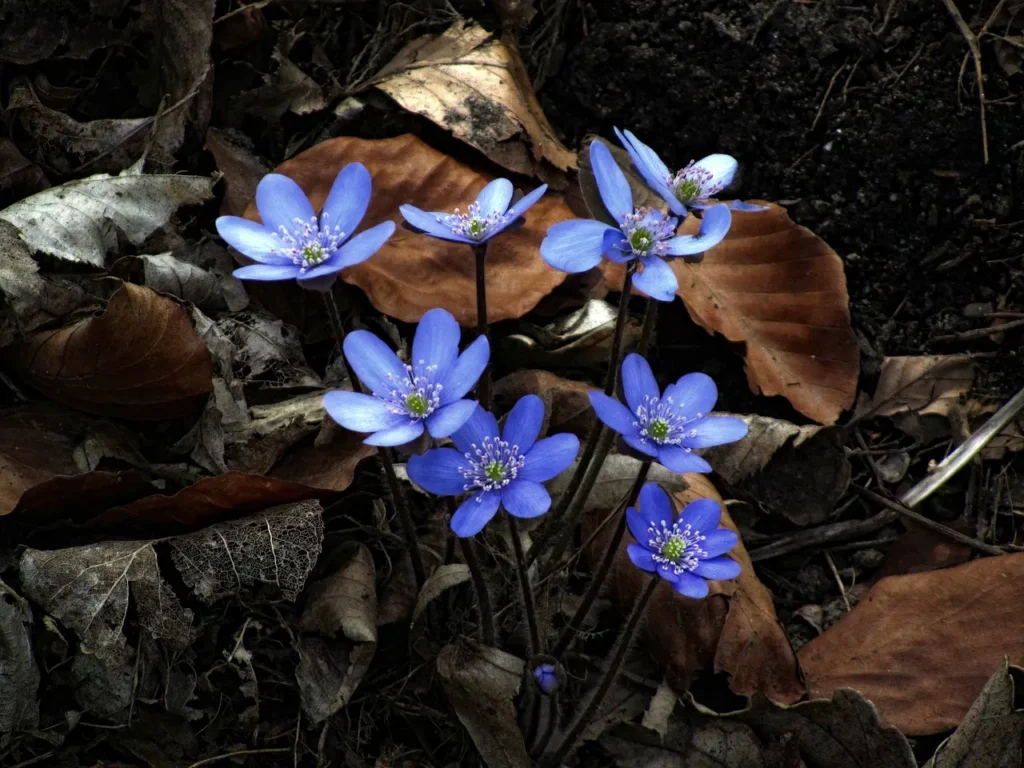
Conservation and adaptations
Liverworts, like many other plant species, face numerous conservation challenges. Their dependence on humid environments makes them vulnerable to habitat loss, pollution and climate change. Deforestation, urbanization and alteration of natural waterways threaten liverwort populations around the world.
Despite their delicate appearance, liverworts have developed remarkable adaptations to cope with their environment. Many species have specialized tissues and structures that aid in water absorption, prevent desiccation, and facilitate gas exchange. Some liverworts can go dormant during dry periods, resuming their growth and reproductive processes when conditions become favorable.
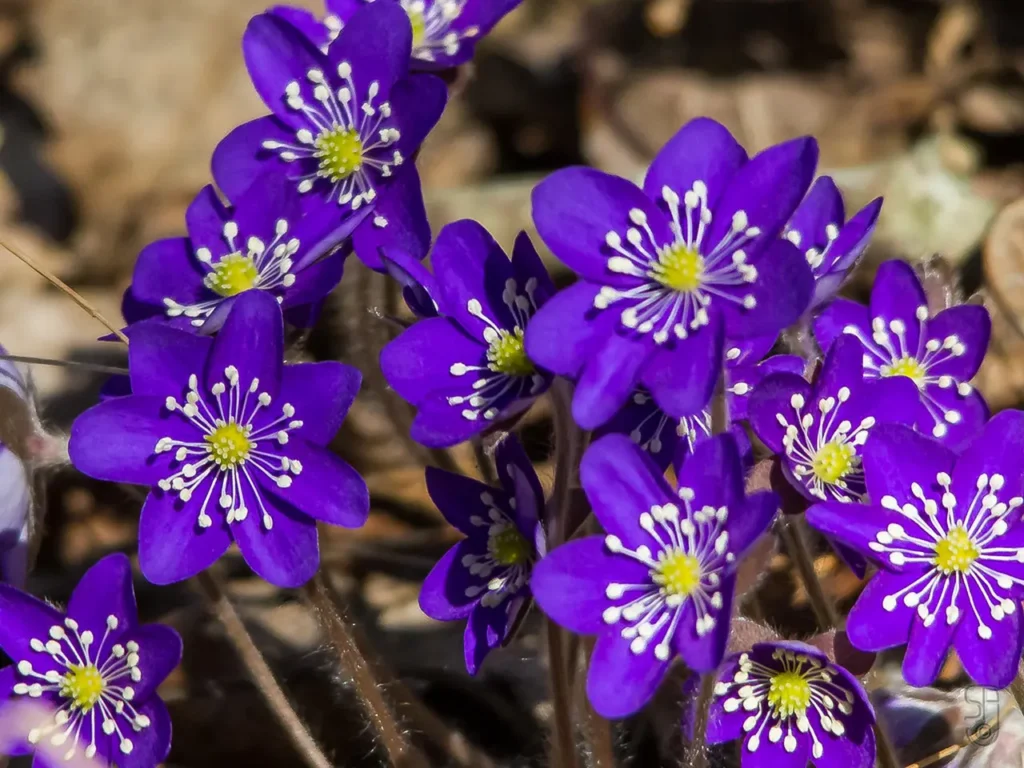
Appreciating the complexity of nature
The liverwort flower, with its ancient lineage and intricate shapes, serves as a reminder of the remarkable diversity and resilience of the plant kingdom. Often overlooked, these modest plants play important roles in ecological processes and contribute to the intricate tapestry of life in natural ecosystems.
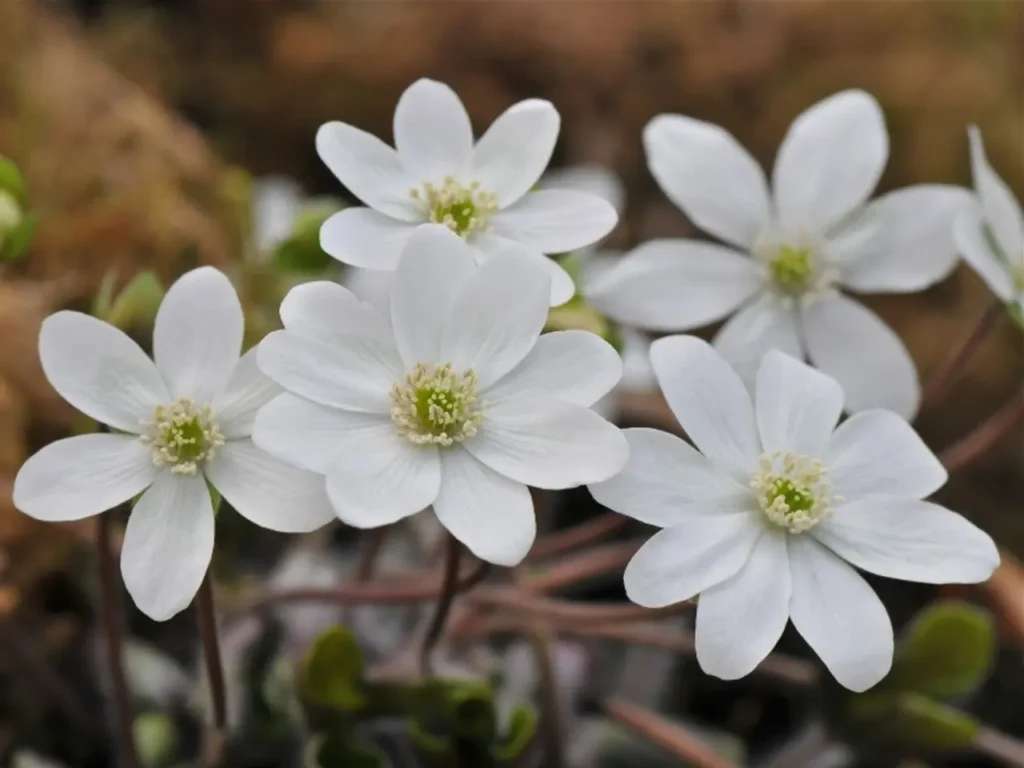

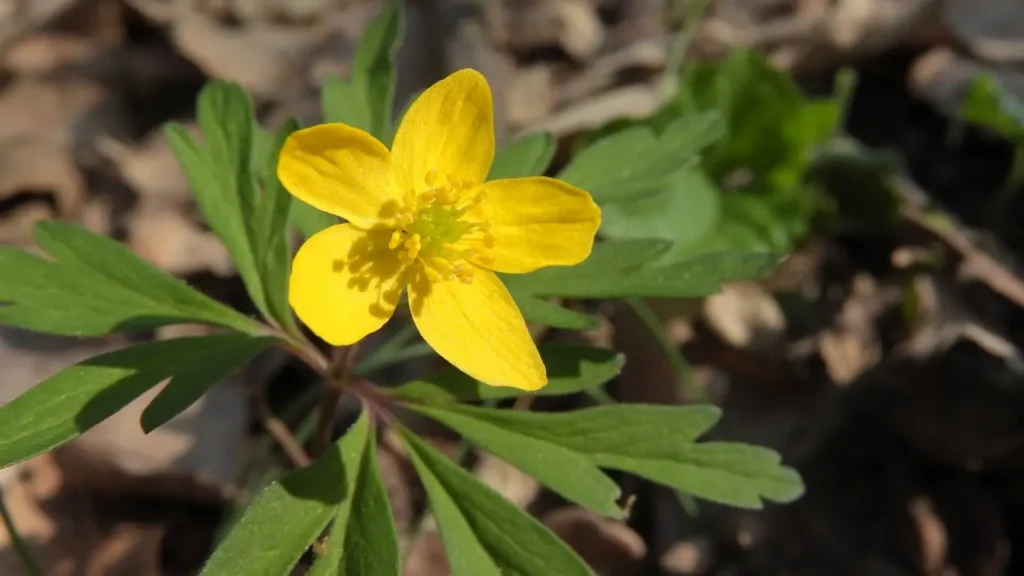
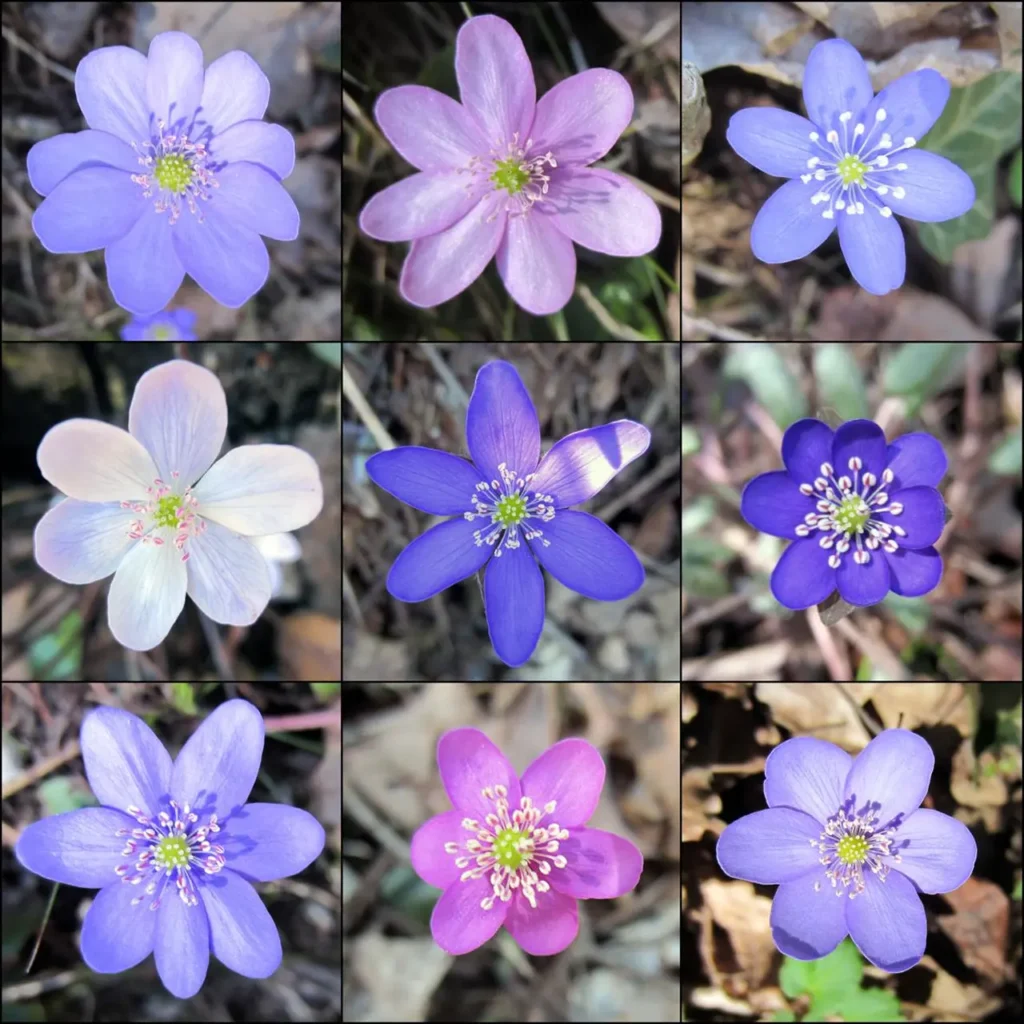
As we explore the corners of the natural world, let’s take a moment to appreciate the delicate beauty and fascinating adaptations of the liverwort flower. By raising awareness, supporting conservation efforts, and preserving the habitats that support these unique plants, we can ensure the continued existence of these ancient botanical treasures for generations to come.
